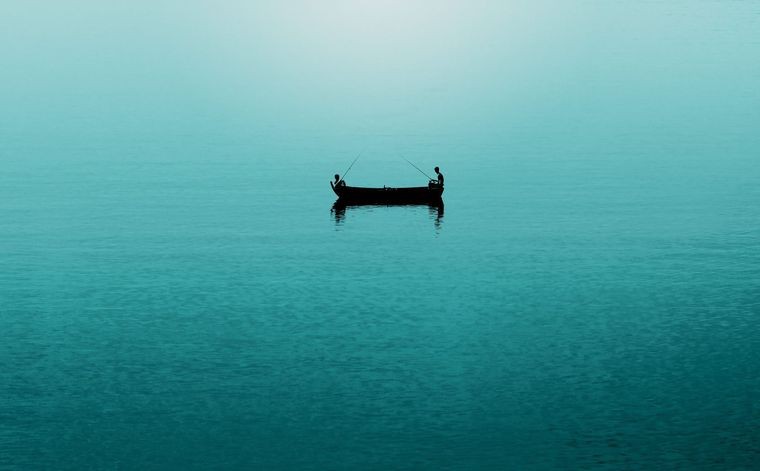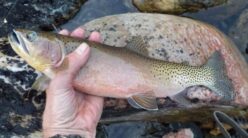POCATELLO — Thanks to this year’s near record-breaking winter, Southeast Idaho’s water supply for the upcoming year is expected to be extremely plentiful.
This means that water sport enthusiasts and irrigators can expect abundant streamflows throughout the year, particularly in central and southern Idaho.
According to a report by the Natural Resources Conservation Service, February storms brought abundant precipitation into the state, resulting in strong snowpack levels in central and eastern Idaho, the Bear River basin, and the Upper Snake River basin in eastern Idaho and northwestern Wyoming.
“There will be abundant water supplies across Idaho this year,” said Daniel Tappa, hydrologist with the Idaho Natural Resources Conservation Service, in a written statement. “Early March storms are expected to bring several feet of snow into the western and northern parts of the state, which is a reminder that winter isn’t over yet.”
Many of the region’s waterways and snowpacks are currently well above the average levels for this time of year. Overall, the eight major reservoirs of the Upper Snake Region (Jackson Lake, Palisades Reservoir, Henrys Lake, Island Park Reservoir, Grassy Lake, Ririe Reservoir, Blackfoot Reservoir and American Falls Reservoir) are at 106 percent of average.
“As of March 1, water supplies will be plentiful for the numerous water users who rely on the Upper Snake River,” the report stated.
In the Bear River basin in the southeastern corner of the state, the April through July streamflow forecasts range from 170 to 200 percent of average, except for the Bear River below Stewart Dam, which is forecast at 273 percent of average.
The positive news about the region’s snowpack bodes well for water sports enthusiasts, who can expect potentially longer boating seasons and more plentiful fishing opportunities in 2017.
In addition to snowpack and water supply forecasts, the Natural Resources Conservation Service report also noted that high levels of soil moisture already in the ground may reduce the initial irrigation demand, which means additional water may be available to use or release later this year.
These favorable water supply forecasts are largely the result of this year’s wet and snowy winter.
Though it doesn’t happen very often, the Natural Resources Conservation Service report said that above normal monthly precipitation numbers were recorded across the entire state in February.
“During February, the mountains of Idaho received 150 percent to 500 percent of normal monthly precipitation,” Tappa said in a written statement.
So far this season, the Gate City area has seen its second snowiest winter on record, and it could break the all-time record before winter is over.
As of Tuesday night, 86.4 inches of snow had fallen in Pocatello during the 2016-17 winter. The all-time record, set during the winter of 1992-1993, is 93.3 inches.



